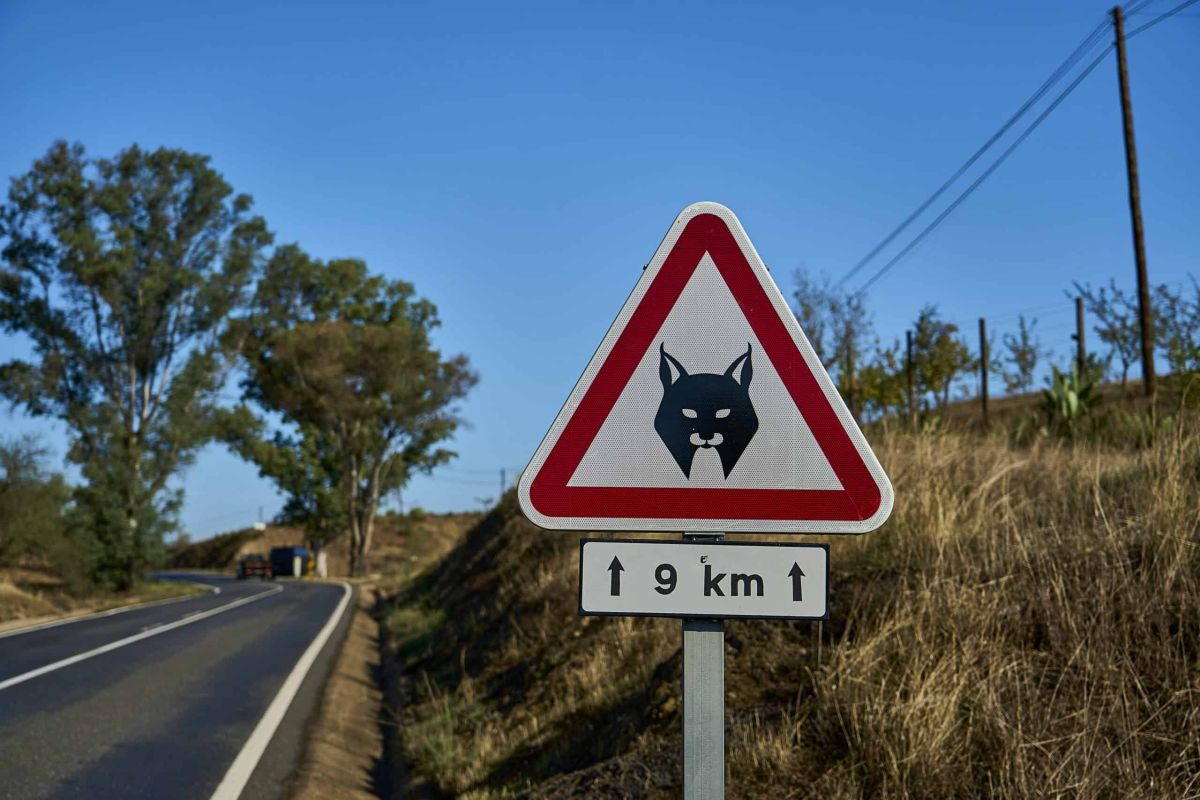Signs and Traffic Lights are Protecting Spain’s Iberian Lynx

In a groundbreaking initiative aimed at safeguarding its endangered wildlife, Spain has adopted a revolutionary traffic light system designed specifically to protect the Iberian lynx, one of the most endangered feline species in the world. With around 40 Iberian lynxes tragically falling victim to traffic accidents each year—the leading cause of mortality in Spain’s lynx population—this innovation promises to make a significant impact in ensuring these majestic creatures can safely cross busy streets.
A High-Tech Approach to Conservation
This new traffic system employs advanced technology that includes infrared sensors and thermographic cameras. These devices monitor the body heat of approaching lynxes, translating their movements into an electronic signal that alerts drivers to slow down as the animals approach the road. This proactive measure aims to reduce the number of collisions and protect the delicate balance of Spain’s wildlife landscape.
Interestingly, this method isn’t entirely new; variations of this traffic light program have previously been implemented in Greece, Italy, and Romania to protect brown bears from the same peril. The technology, therefore, represents a synergy between modern-day innovation and the urgent need for wildlife conservation.
The Decline and Rise of the Iberian Lynx
Historically, the Iberian lynx roamed freely throughout the Iberian Peninsula and parts of southern France. However, by the mid-20th century, their numbers dwindled drastically due to habitat loss, hunting, and diminishing prey availability. A mere 15 populations existed in the 1940s, and by the 1990s, only two subpopulations could be found. The decision to classify the Iberian lynx as “Critically Endangered” in 2002 was a stark reminder of the perilous state of this remarkable species, with fewer than 100 individuals remaining in the wild.
Through dedicated conservation strategies over the past two decades, the Iberian lynx has experienced a remarkable resurgence, with numbers now exceeding 1,000 individuals. Although this increase is encouraging, the species is still considered endangered, highlighting the ongoing need for initiatives like the traffic light system to ensure its survival.
Ecological Significance of the Iberian Lynx
The Iberian lynx, a small yet agile wild cat, primarily preys on rabbits, partridges, and occasionally larger ungulates such as deer. As a top predator, it plays a crucial role in maintaining the ecological balance of its habitat. The health of lynx populations is often indicative of the overall health of the ecosystem, making their conservation a priority for biodiversity efforts in Spain and beyond.
Comprehensive Conservation Strategies
Beyond the installation of traffic lights, Spain’s comprehensive conservation efforts also include maintaining and enhancing the wild rabbit population—essential prey for the lynx—as well as restoring their natural habitat. Moreover, releasing captive-bred individuals back into the wild is an increasingly integral part of these efforts, helping to bolster genetic diversity and population stability.
In collaboration with conservation organizations, government agencies, and local communities, these initiatives collectively aim to secure a brighter future for the Iberian lynx.
Conclusion
Spain’s innovative traffic light system stands at the forefront of wildlife conservation efforts, demonstrating how technology can play a pivotal role in protecting endangered species. As the Iberian lynx continues to face threats from habitat loss and human encroachment, such proactive measures serve as a hopeful benchmark for how we can coexist with and protect our planet’s rarest creatures.



